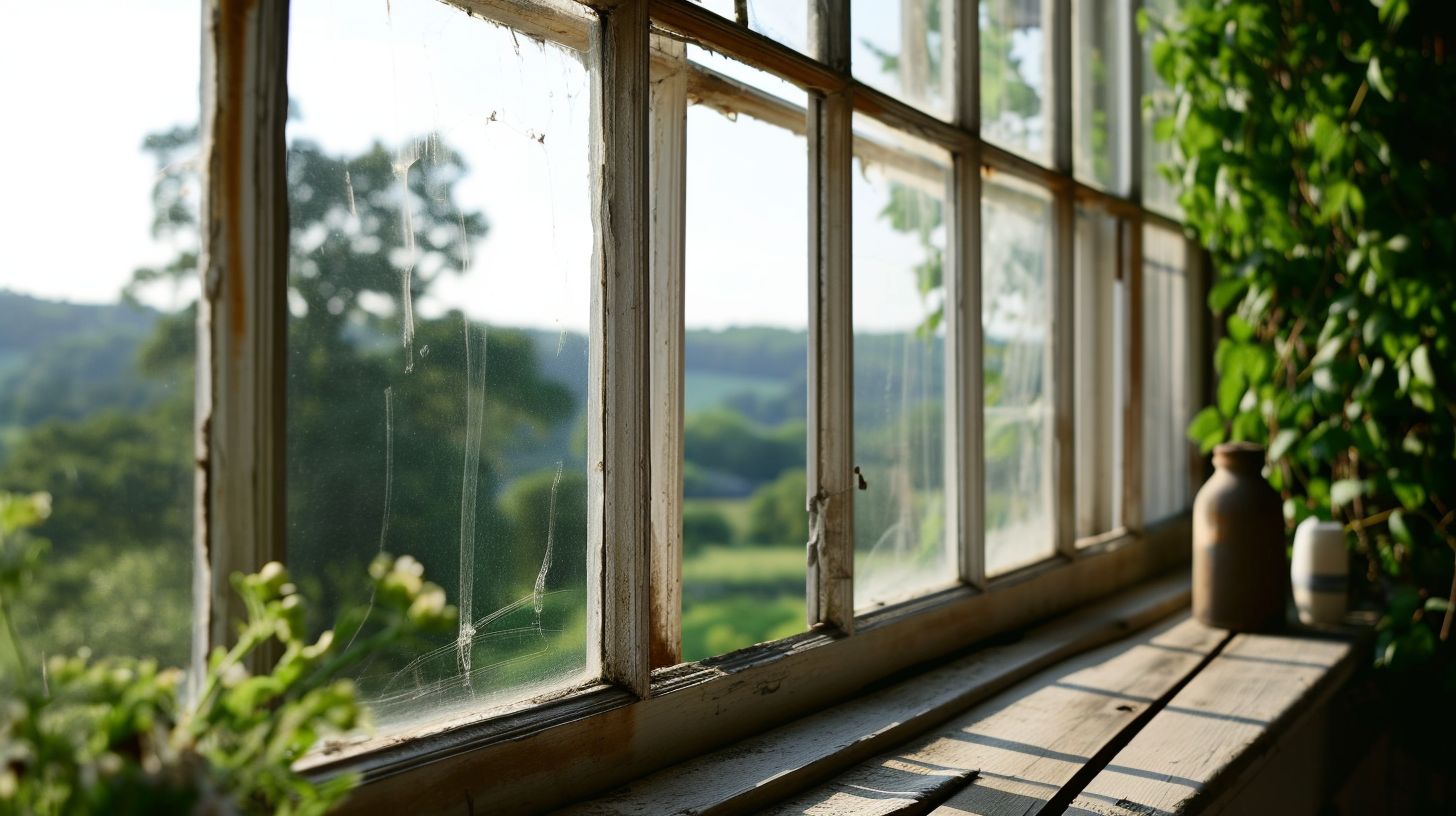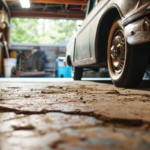Last Updated on 26th December 2023
Are you struggling with a stuck window that refuses to open or close smoothly? In this article, we will guide you through the process of repairing a stuck window, allowing you to regain control over its functionality. By following our step-by-step instructions, you will learn how to assess the cause of the issue, gather the necessary tools and materials, remove any obstructions, and properly lubricate and adjust the window for optimal performance. Say goodbye to your window woes with our professional window repair tips.
Assessing the Cause of the Stuck Window
To accurately diagnose the issue, a thorough examination of the window’s internal mechanisms and surrounding frame is necessary in order to assess the cause of the stuck window. Identifying potential structural issues is crucial in determining the root cause of the problem. This examination should include checking for any obstructions, such as debris or dirt, that may be hindering the smooth movement of the window. Additionally, a close inspection of the window frame for any signs of damage or misalignment is essential. If the window is stuck due to structural issues that are beyond your expertise, seeking professional help is recommended. A qualified window repair specialist will have the knowledge and experience to accurately identify and resolve any complex issues that may be causing the window to become stuck.
Gathering the Necessary Tools and Materials
In order to effectively tackle the task of repairing a stuck window, it is imperative to gather the required tools and materials, such as a screwdriver, lubricant, and a putty knife, as these will be instrumental in resolving the issue. Additionally, it is essential to have cleaning supplies on hand to ensure that the window operates smoothly once repaired. Before starting the repair process, it is important to take necessary safety precautions, such as wearing protective gloves and goggles, to prevent any injuries. Cleaning supplies, such as glass cleaner and a soft cloth, will help remove any dirt or debris that may be causing the window to stick. By following these steps and ensuring the availability of the necessary tools and materials, one can successfully repair a stuck window and restore its functionality.
Removing Excess Paint or Debris
To ensure smooth operation of a stuck window, it is important to remove any excess paint or debris that may be obstructing its movement. Start by carefully scraping off any peeling or flaking paint using a putty knife or scraper. Next, clear out any dirt or dust that may have accumulated in the window tracks or hinges. Lastly, remove any sticky residue from previous attempts to fix the window by using a mild solvent or adhesive remover.
Scraping off Paint
A thorough inspection revealed several areas where excess paint was present, requiring a significant amount of scraping off to achieve a smooth and even surface. When it comes to paint removal techniques, choosing the right scraper is crucial. The type of scraper you choose will depend on the surface you are working on and the type of paint you are trying to remove. For example, a stiff-bladed scraper is ideal for scraping off thick layers of paint, while a flexible-bladed scraper is better for delicate surfaces. Additionally, consider the size and shape of the scraper, as this will affect your ability to reach tight corners and edges. It is also important to use proper safety precautions while scraping off paint, such as wearing goggles and gloves to protect yourself from any debris or chemicals.
Clearing Out Dirt
One must carefully remove excess paint or debris when clearing out dirt, as it can hinder the smooth operation of windows and compromise their overall functionality. To effectively clear out dirt from windows, it is recommended to use a cleaning solution and a toothbrush. The cleaning solution should be applied to a soft cloth or sponge and gently scrubbed onto the window surface. The toothbrush can be used to reach crevices and corners that are difficult to access with larger cleaning tools. It is important to be thorough yet gentle when cleaning, as excessive force or harsh materials can damage the window. After cleaning, it is essential to rinse off any remaining cleaning solution and dry the window thoroughly to prevent streaks or water damage. Regular cleaning and maintenance can help ensure that windows remain in optimal condition and operate smoothly.
Removing Sticky Residue
The removal of sticky residue from windows, such as excess paint or debris, requires a meticulous approach to ensure the restoration of their smooth functionality and overall appearance. One effective method to remove sticky residue is by using vinegar as a natural cleaner. Vinegar, with its acidic properties, can break down the sticky residue and make it easier to remove. Simply mix equal parts of vinegar and water, and apply the solution to the affected area. Let it sit for a few minutes, then scrub gently with a sponge or cloth. Another option is to use a heat gun to remove sticky residue. The heat from the gun helps soften the residue, making it easier to scrape off with a plastic scraper or putty knife. However, caution must be exercised to avoid damaging the window surface or causing injury.
Lubricating the Window Track
To ensure smooth operation, it is essential to regularly lubricate the window track with a suitable lubricant. This is crucial for preventing window track damage and maintaining the functionality of your windows. When choosing a lubricant, it is important to consider factors such as compatibility with the window material, resistance to dust and debris, and long-lasting effectiveness. Silicone-based lubricants are often recommended for window tracks as they provide excellent lubrication while repelling dirt and moisture. They are also safe to use on most window materials, including vinyl, aluminum, and wood. It is important to avoid using oil-based lubricants or grease as they can attract dirt and debris, causing more harm than good. Regularly lubricating your window track will not only prevent damage but also ensure that your windows open and close smoothly, allowing for proper ventilation and natural light.
Adjusting or Repairing the Window Frame
Several damaged window frames in the building need immediate adjustment or repair to ensure proper functionality and insulation. One common issue that needs to be addressed is replacing damaged weatherstripping. Over time, weatherstripping can become worn or damaged, leading to air leaks and energy loss. By replacing the weatherstripping, the window frames will be better sealed, improving insulation and reducing energy costs. Another important aspect of repairing window frames is adjusting the window sash. A misaligned or stuck window sash can cause difficulty in opening or closing the window, compromising its functionality. By adjusting the window sash, it will ensure smooth operation and prevent any further damage to the window frames. It is crucial to address these issues promptly to maintain the efficiency and longevity of the windows.
Testing and Maintaining the Repaired Window
After completing the necessary repairs, it is essential to thoroughly test and regularly maintain the repaired window to ensure its durability and optimal performance. This includes maintaining window hardware and taking steps to prevent future window issues. Once the repairs have been made, it is important to test the window by opening and closing it multiple times to ensure smooth operation. Additionally, checking for any signs of air or water leakage is crucial. Regular maintenance of the window hardware, such as lubricating hinges and tracks, will help prevent any issues from arising in the future. It is also recommended to inspect the window periodically for any signs of damage or wear and tear, and address them promptly. By following these maintenance practices, the repaired window will continue to function properly and provide long-lasting performance.




